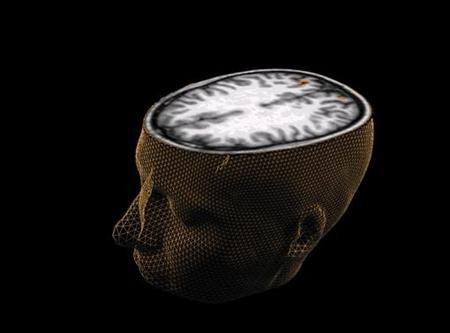
Albert Einstein's brain, considered to be a wealth of knowledge and among the world's geniuses, can now be downloaded as an iPad application.
Launched on Tuesday by The National Museum of Health and Medicine Chicago, the new application that gives a digital mapping of Einstein's brain can be downloaded for $9.99.
"I can't wait to find out what they'll discover," Steve Landers, a consultant for the National Museum of Health and Medicine Chicago who designed the app, told Associated Press. "I'd like to think Einstein would have been excited."
The medical museum took the initiative to recreate the brain of the legendary physicist in an interactive application, with an aim to help scientific researches address several unanswered questions thrown from the past.
According to the news agency, the revolution of the new application dates back to the death of Einstein. In 1955, Thomas Harvey, a pathologist who performed the autopsy of Albert Einstein after his death, had removed the brain hoping that this would aid the future study of the hidden facts behind Einstein's genuineness.
Harvey sectioned the brain into 170 parts and grouped roughly and later sectioned into several microscopic parts. The collected neurons and residual of Einstein's brain led to the conclusion that the Parietal lobe, the part of brain which plays a vital role in understanding Maths, Language and Spatial relationships, was 15 percent wider than the normal. In 1999, the findings of his brain were made known to public through medical journal "Lancet".
The National Museum of Health and Medicine got the sectioned brain parts in 2010 and in 2012 the museum started obtaining the digitalization of the brain. These digitalized slides have been made available as the new iPad application.
According to the AP report, the scientists behind the digitalization of Einstein's brain are yet to determine the parts of the brain used in the slides since the complete organ was not made available to them.
"They didn't have MRI," said Jacopo Annese of the University of California's Brain Observatory, San Diego, who has digitised 2,400 slides from the brain of amnesiac Henry Molaison. "We don't have a three-dimensional model of the brain of Einstein, so we don't know where the samples were taken from."
The new application will thus enable scientists and neuroscience researchers to get a clearer view of tissues and cellular structure of Einstein's brain through a real microscope.

















